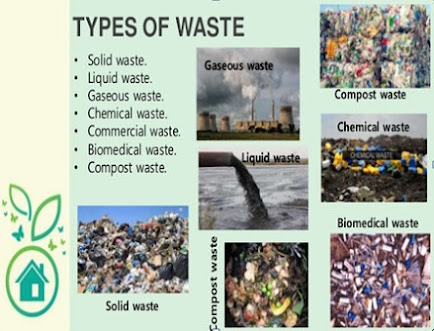The earth’s
97.5% water is saline and only 2.5% is fresh water and 68.9% of the freshwater
is locked in ice caps and glaciers and 29.9% of fresh water is found on the
sub-surface. In developed countries, 95%
population having access to safe drinking water and 90% population has
sufficient sanitation facilities. Almost 50% of the
groundwater used in cities is obtaining from wells, boreholes, and springs. One
fifty million population of Latin Americans and greater than 1000 million Asian
are depending on groundwater. Groundwater contamination is a very noteworthy
environmental concern of the time. Regardless of its importance, groundwater
resource is not properly managing. There are various probable sources of
groundwater pollution in cities including point, non-point, and linear sources.
Point sources include industrial effluents, domestic sewage, and storm
overflow, non-point sources include construction work, agriculture activities,
and atmospheric deposition and linear sources are roads and sewer system. The
groundwater contamination can be resulting from leakage of sewage. Anthropogenic
activities such as agriculture, industrial, and municipality are responsible
for discharging and recharging contaminants into groundwater. The groundwater
quality deterioration resulting from leachate percolation mainly occurs during
the monsoon season and escalating the diseases related to groundwater
contamination. Groundwater contamination
occurs mostly in the vicinity of landfill and municipal waste disposal sites
and increasing the chances of percolation in aquifers. The presence
of emerging organic pollutants can be well examined and analyzed in wastewater
and surface water as compared to groundwater. Emerging organic pollutant's
major source is wastewater whereas surface water carries its maximum load.
Approximately 2.3 billion population across the world is suffering from
diseases related to polluted water. Worldwide, approximately polluted drinking
water and insufficient sanitation kill 1.6 million children below the age of
five years, and 84% of them are residing in villages. Water contamination is
the foremost health and environmental issue in Pakistan. The main sources of
groundwater pollution in Pakistan are the discharging of waste effluents into
water bodies by many industrial units including textile, fertilizers,
pesticides, steel, dying chemicals, cement, leather, etc. In Pakistan 20-40 %
of hospital beds are occupied by patients with waterborne diseases like
diarrhea, hepatitis, typhoid, dysentery, cholera, etc. One-third of all
deaths occur across the country owing to waterborne diseases. Heavy metals
present in drinking water can damage vital organs i.e. kidney, liver, and
central nervous system. They also cause abnormality in blood composition. There
is a dire need to cope with the issue by responsible authorities to protect the
health of citizens.
watersoilairandnoisepollution.blogspot.com is the best website to understand basic knowledge about Environmental Pollution i.e. Air Pollution, Water Pollution, Soil pollution and Noise pollution, Greenhouse gases, Solid Waste Management etc
Tuesday, 18 June 2019
Groundwater Pollution
Subscribe to:
Post Comments (Atom)
Waste | Definition of Waste | Types of Waste | Sources of Waste
Definition: Waste (also known as rubbish, trash, refuse, garbage, junk) is any unwanted or useless materials. Waste is any substance that is...

-
1) Impacts on Human Health: Microbial contamination in water bodies causes diseases like cholera, dysentery, diarrhea, polio, typhoid, hep...
-
Definition: The presence of gases, liquids, and solids in the atmosphere in high enough levels that can harm different components of the e...
-
Based on origin, air pollution can be categorized into natural and anthropogenic (man-made) sources. Natural Sources of Air Pollution: Exam...




No comments:
Post a Comment